Conductors & Materials
Copper Theft: A Call to Action
Safety in Underground Power Systems
Conductors & Materials
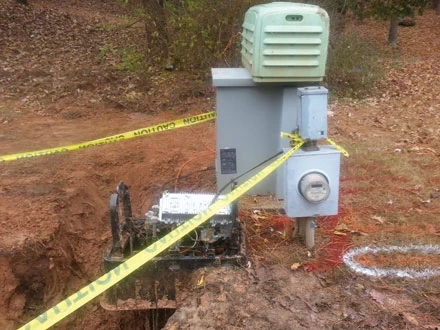
Monitoring Underground Lines with SCADA
How SCADA can help prevent repairs and service disruptions
BY RICHARD CLARK, InduSoft
Underground transmission and distribution lines create unique challenges, as they require special insulation materials to protect conductors, and complex cooling systems because heat cannot be dissipated in free air as with overhead lines. Despite the additional expense of specialized insulation materials and cooling systems, not to mention very high construction costs, underground electric lines are standard in large, congested cities.
Underground...
Related Articles

Safety in Underground Power Systems
Protecting utility personnel working below ground BY MIKE DOHERTY, PowerTel Utilities Contractors Limited "Safety” in “underground systems” has different connotations for different sectors depending on the tasks performed. “Qualified electrical workers” can have...

High-Capacity, Energy-Efficient ACCC® Conductor Case Study
This project won EEI Transmission Project of the Year – 2016 Description: 240 circuit miles, 345 kV line, double bundleProject: Replace 1,440 miles of ACSR conductor with ACCC Objectives Improve reliability (reduced sag and corrosion) Increased capacity to serve growth (2X...
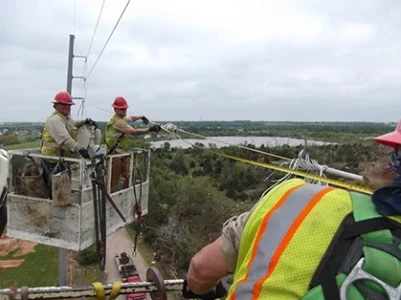
How Modern Conductors are Improving Grid Reliability and Much More
Reflections: Nearly twenty years ago when I got into the energy business, reliability was a second-tier design objective for most transmission engineers. Safety factors had already been established and the materials we used for structures and powerline wires (conductors) were well known. While...

Energy Ottawa's State-of-the-Art, Non-Destructive Cable Measurement System for Medium Voltage Distribution Cables
Energy Ottawa offers a state-of-the-art, non-destructive cable measurement system for the dependable assessment of medium voltage distribution cables. We have partnered with National Research Council Canada (NRC), the Government of Canada’s premier research and technology organization, to...
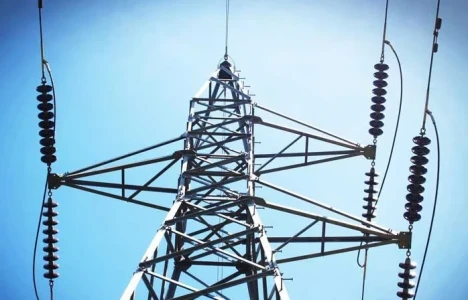
FERC Complaint Targets Duke, PJM Transmission Planning
A coalition of large energy consumers and ratepayer advocates has filed a complaint with the Federal Energy Regulatory Commission (FERC), urging the agency to prohibit transmission owners from independently planning "local" transmission projects exceeding 100 kilovolts (kV). The coalition argues...

Digital Twins for Substations: Bridging the Physical and Digital Worlds
In the rapidly evolving landscape of power grid management, digital twin technology is emerging as a game-changer for substations. By creating virtual replicas of physical assets, digital twins bridge the gap between the physical and digital worlds, enabling enhanced operational efficiency and...
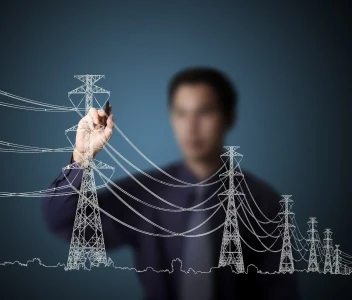
FirstEnergy Explores Alternatives to PJM Capacity Market
In a strategic move aimed at enhancing its power supply reliability, FirstEnergy is actively exploring alternatives to the PJM capacity market. This development reflects the company’s proactive approach to addressing challenges within the existing market structure and ensuring a more robust...
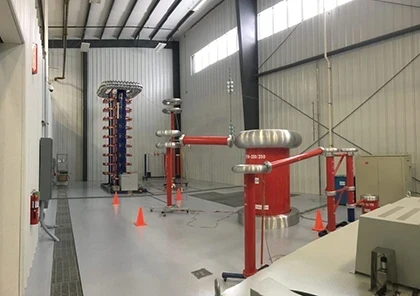
Insulators' ageing in North America - How about testing them?
Sediver has established in the USA an assembly factory for glass insulators in 2017 but also, and perhaps more interesting for some engineers, a laboratory capable of performing all the tests required by the world’s standards. Large test campaigns have already been conducted in this...
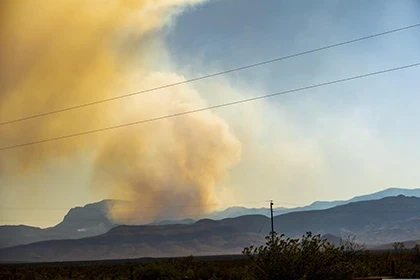
Facing Wildfire? Choose Toughened Glass Insulators
Insulators under fire, what are we talking about? A line directly in the fire is considered as lost A line near the heat of a fire can be saved What is the condition of insulators on a line nearby a fire? Reliability of insulators during or after a fire is a key consideration for T&D...
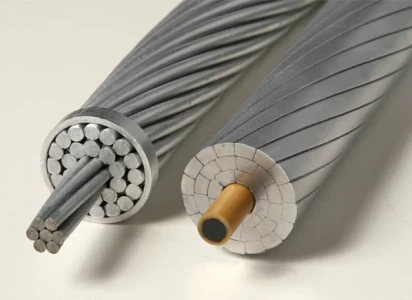
The Evolution / Revolution of Overhead Conductors... and why it matters
Brief Background: In the early 1900’s Aluminum Conductor Steel Reinforced (ACSR) conductor was developed to replace copper wires, due to the war effort when copper was needed for munitions. In the 1970’s growing demand for electricity inspired the development of higher capacity...
